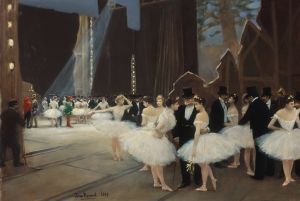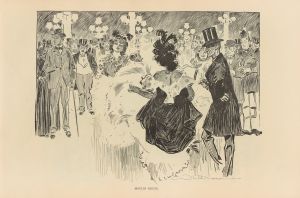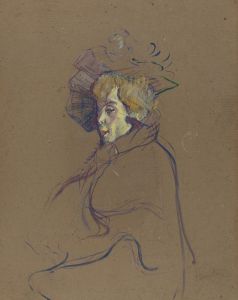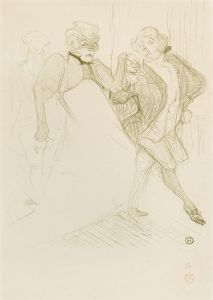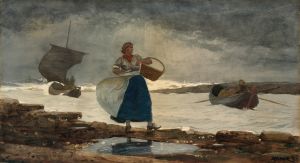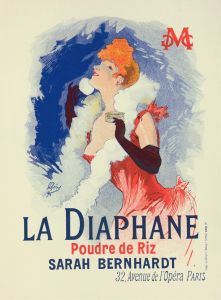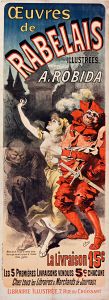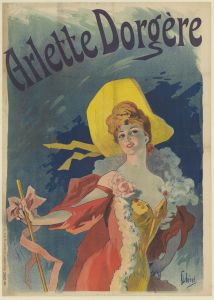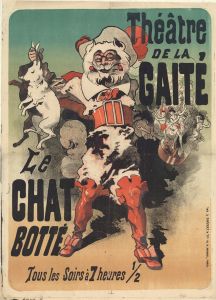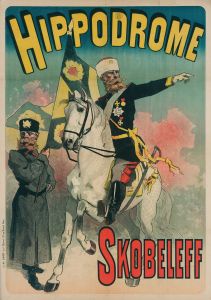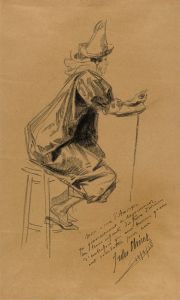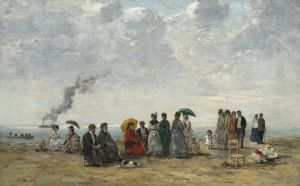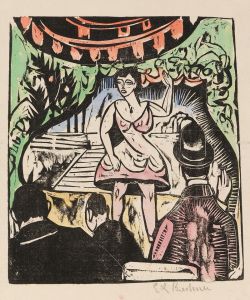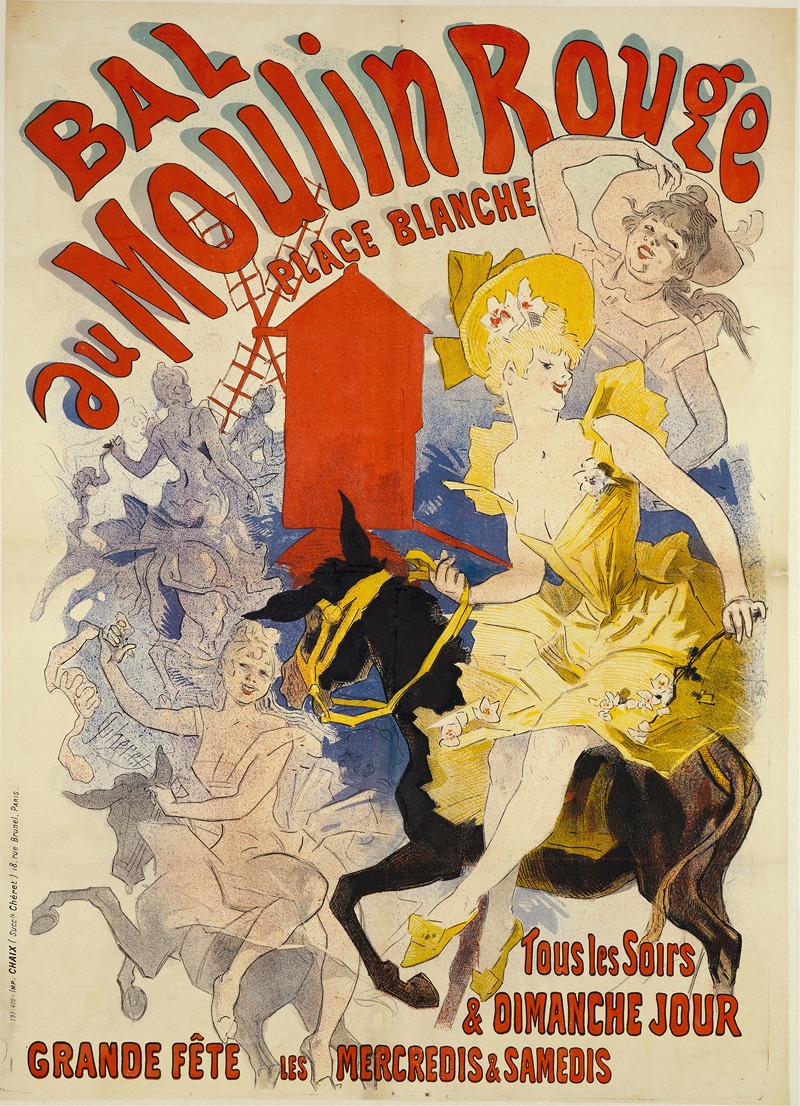
Bal Au Moulin Rouge Place Blanche
A hand-painted replica of Jules Chéret’s masterpiece Bal Au Moulin Rouge Place Blanche, meticulously crafted by professional artists to capture the true essence of the original. Each piece is created with museum-quality canvas and rare mineral pigments, carefully painted by experienced artists with delicate brushstrokes and rich, layered colors to perfectly recreate the texture of the original artwork. Unlike machine-printed reproductions, this hand-painted version brings the painting to life, infused with the artist’s emotions and skill in every stroke. Whether for personal collection or home decoration, it instantly elevates the artistic atmosphere of any space.
Jules Chéret's Bal au Moulin Rouge, Place Blanche is a notable example of the artist's contribution to the development of modern poster art during the late 19th century. Chéret, often referred to as the "father of the modern poster," was a French painter and lithographer who played a significant role in transforming commercial advertising into an art form. His works are celebrated for their vibrant colors, dynamic compositions, and innovative use of typography, which helped to elevate posters from mere advertisements to collectible artworks.
Created in 1889, Bal au Moulin Rouge, Place Blanche is a lithographic poster designed to promote the famous Moulin Rouge cabaret in Paris. The Moulin Rouge, which opened in 1889 in the Montmartre district, quickly became a symbol of Parisian nightlife and entertainment during the Belle Époque. Chéret's poster captures the lively and festive atmosphere of the venue, which was known for its music, dancing, and extravagant performances, including the iconic French can-can.
The composition of the poster features a central female figure, a hallmark of Chéret's style, who is depicted in a swirling, dynamic pose. She is dressed in a flowing, colorful gown, exuding energy and joy, which reflects the spirit of the Moulin Rouge. Surrounding her are other figures, including dancers and spectators, all rendered with a sense of movement and vitality. The background includes architectural elements and the name "Moulin Rouge," prominently displayed to draw attention to the venue.
Chéret's use of color in this poster is particularly striking. He employed a palette of bright, cheerful hues, including reds, yellows, and blues, which were made possible by advancements in lithographic printing techniques during the 19th century. These colors not only made the poster visually appealing but also helped it stand out in the bustling streets of Paris, where it would have been displayed.
Bal au Moulin Rouge, Place Blanche exemplifies Chéret's ability to blend art and commerce seamlessly. His posters were instrumental in shaping the visual culture of the Belle Époque, and his influence extended to other artists of the time, including Henri de Toulouse-Lautrec, who also created iconic posters for the Moulin Rouge.
Today, Chéret's works, including Bal au Moulin Rouge, Place Blanche, are regarded as important milestones in the history of graphic design and advertising. They are preserved in museums and private collections, where they continue to be appreciated for their artistic and historical significance.





